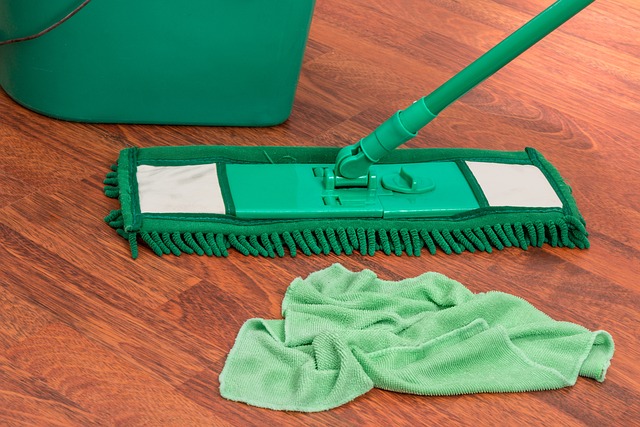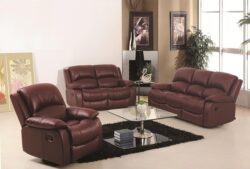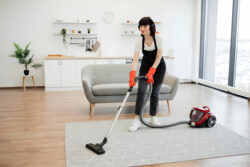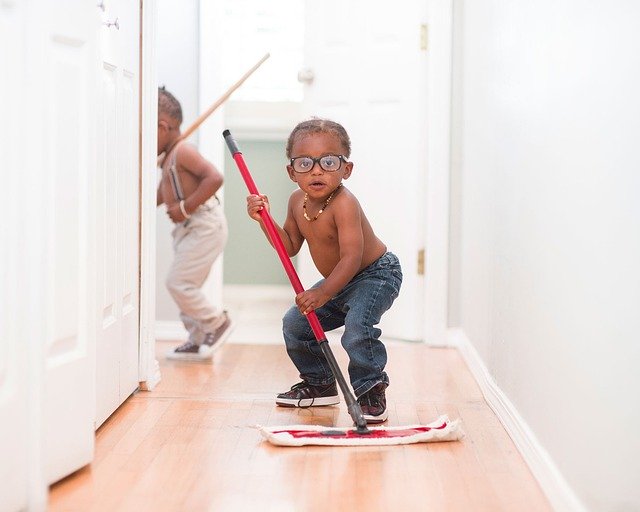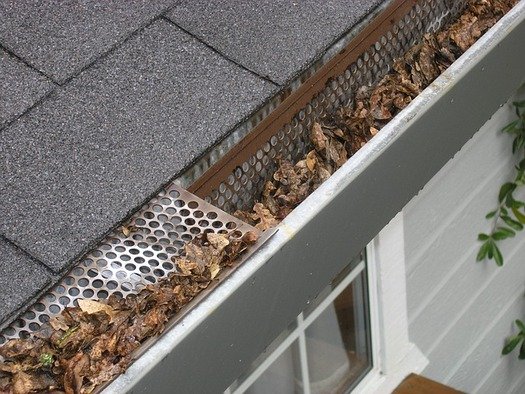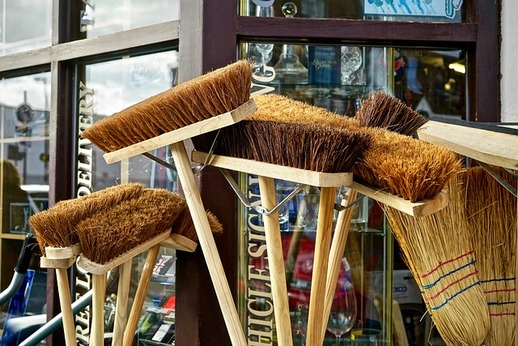There’s no denying the elegance and warmth that hardwood floors bring to a home. Their timeless beauty can elevate the aesthetic appeal of any space almost instantly. However, maintaining these floors poses a unique set of challenges. Cleaning hardwood floors requires particular attention and care since using improper products can damage their finish and reduce their lifespan.
We’ve put together this comprehensive guide to keep your floors looking as splendid as the day they were installed. Hardwood floors add a touch of elegance and warmth to any home. But to maintain their beauty and longevity, proper cleaning is essential. In this ultimate guide, we’ll walk you through everything you need to know about cleaning hardwood floors. From regular maintenance to tackling tough stains, we’ve got you covered. Let’s dive in and make your hardwood floors shine!
Understanding Your Hardwood Floors
Before we delve into the cleaning process, it’s crucial to understand your hardwood floors. Here’s what you should know:
Types of Hardwood Flooring
- Solid hardwood: Made from a single piece of wood, these floors exude timeless beauty and can be sanded and refinished multiple times.
- Engineered hardwood: Composed of multiple layers of wood, these floors are more resistant to moisture and temperature fluctuations.
Finish Types
- Surface-sealed: Most modern hardwood floors have a surface-sealed finish, which is durable and easy to clean.
- Oil-treated: These floors have been treated with penetrating oils, giving them a natural, matte appearance.
- Wax-coated: Older hardwood floors may have a wax coating, which requires special care and maintenance.
Knowing the type of hardwood flooring and finish you have will help you choose the appropriate cleaning method and products.
Essential Tools for Cleaning Hardwood Floors
To keep your hardwood floors looking their best, gather these essential tools:
Soft Bristle Broom
A soft-bristle broom is gentle on your hardwood floors while effectively capturing dirt, dust, and pet hair. Regular sweeping prevents debris from scratching the surface.
Microfiber Mop
A microfiber mop is an excellent alternative to a broom. Its electrostatic properties attract dust and particles, leaving your floors spotless. Remember to use a damp (not wet) mop to avoid excessive moisture.
Vacuum Cleaner with Floor Attachment
For a deeper clean, invest in a vacuum cleaner with a floor attachment specifically designed for hardwood floors. Avoid vacuum cleaners with rotating brushes, as they can scratch the surface.
Soft Microfiber Cloths
Keep a stack of soft microfiber cloths on hand for spot cleaning and wiping up spills. These gentle cloths won’t leave any residue behind and are perfect for maintaining the natural beauty of your hardwood floors.
pH-Neutral Hardwood Floor Cleaner
Choose a high-quality pH-neutral hardwood floor cleaner that is specifically formulated for your floor type. Avoid harsh chemicals, ammonia-based cleaners, or vinegar, as they can damage the finish.
Regular Maintenance for Sparkling Hardwood Floors
Regular maintenance is the key to preserving the beauty of your hardwood floors. Follow these steps for a sparkling finish:
Daily Sweeping or Dusting
- Use a soft-bristle broom or a microfiber mop to remove loose dirt and dust.
- Start from the farthest corner of the room and work your way towards the exit to avoid tracking dirt back onto the clean area.
- Don’t forget to sweep under furniture and in hard-to-reach corners.
Weekly Vacuuming
- Use a vacuum cleaner with a floor attachment to reach into crevices and remove finer particles.
- Opt for a vacuum cleaner with a soft brush attachment or turn off the rotating brushes to prevent scratching.
Spills and Stains
- Wipe up spills immediately with a soft microfiber cloth to prevent moisture from seeping into the wood.
- For stubborn stains, apply a small amount of hardwood floor cleaner to a cloth and gently rub the affected area.
Monthly Deep Cleaning
- Once a month, give your hardwood floors a thorough cleaning to remove built-up dirt and grime.
- Dilute hardwood floor cleaner according to the manufacturer’s instructions and mop the floor using a well-wrung microfiber mop.
Tackling Tough Stains and Scuffs
No matter how careful you are, accidents happen. Here’s how to handle common stains and scuffs on hardwood floors:
Pet Stains
- Blot up urine or vomit with a paper towel or cloth as soon as possible.
- Clean the area with a pH-neutral hardwood floor cleaner and follow with a damp cloth to remove any residue.
- For lingering odours, use an enzymatic cleaner specifically designed for pet stains.
Water Stains
- Light water stains can often be removed by rubbing the area gently with a cloth dampened with a mixture of equal parts vinegar and water.
- For more stubborn stains, use a hardwood floor cleaner and follow the manufacturer’s instructions.
Scuffs and Shoe Marks
- Gently rub scuffs and shoe marks with a soft cloth or a clean tennis ball.
- For tougher marks, apply a small amount of baking soda to a damp cloth and gently scrub.
Grease and Oil Stains
- Blot up excess grease or oil with a paper towel.
- Clean the area with a hardwood floor cleaner, and if necessary, use a mild degreaser for stubborn stains.
Preventive Measures for Long-Lasting Beauty
Prevention is the best way to protect your hardwood floors from damage. Here are some tips to keep in mind:
Use Rugs and Mats
- Place rugs or mats in entryways and high-traffic areas to trap dirt and prevent it from scratching your floors.
- Make sure the mats have a non-slip backing to prevent accidental slips and falls.
Furniture Pads
- Attach felt or rubber pads to the legs of your furniture to prevent scratches and dents when moving or rearranging.
Avoid High Heels and Sharp Objects
- Encourage family members and guests to remove high heels or shoes with sharp objects that can damage the wood.
- Place floor protectors under furniture legs to prevent scratches caused by movement.
Control Humidity
- Maintain a stable indoor humidity level between 35% and 55% to prevent the wood from swelling or contracting excessively.
- Use a humidifier or dehumidifier if necessary to achieve the optimal humidity range.
Conclusion
While cleaning hardwood floors may seem daunting, it’s a relatively simple process once you get the hang of it. It’s all about keeping up with regular cleaning and knowing how to handle spills or scratches if they happen. With the right care and attention, you can preserve the beauty and elegance of your hardwood floors for generations to come!
Remember, a meticulously cleaned hardwood floor is not just visually pleasing, but it also speaks volumes about the owner’s taste and personality. So, armed with our ultimate guide to cleaning hardwood floors, you’re now ready to ace the task and present a beautiful and well-maintained home!
With proper care and regular maintenance, your hardwood floors will remain a stunning centrepiece in your home for years to come. Remember to choose the right tools, follow the correct cleaning methods, and take preventive measures to protect your investment.





